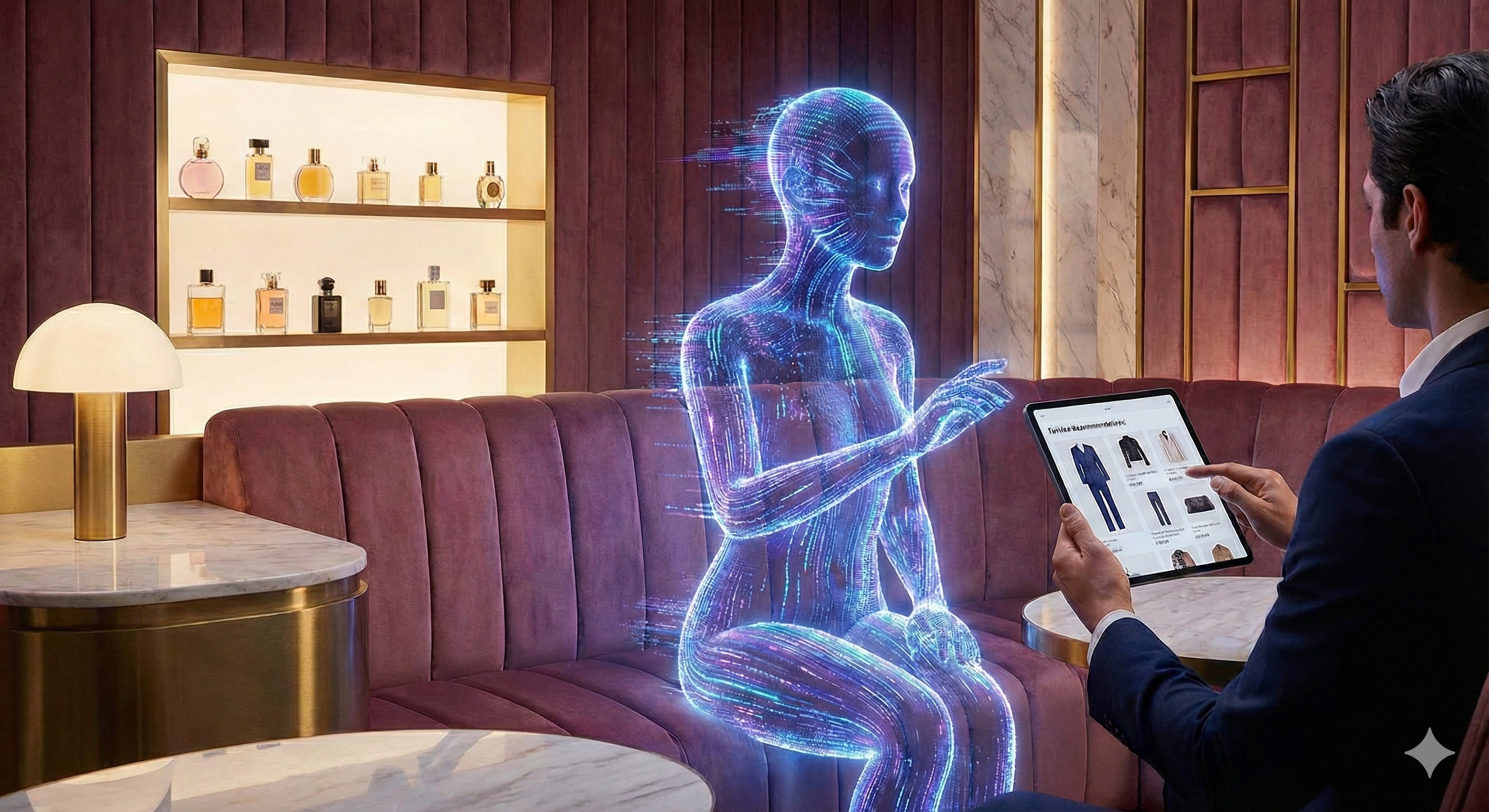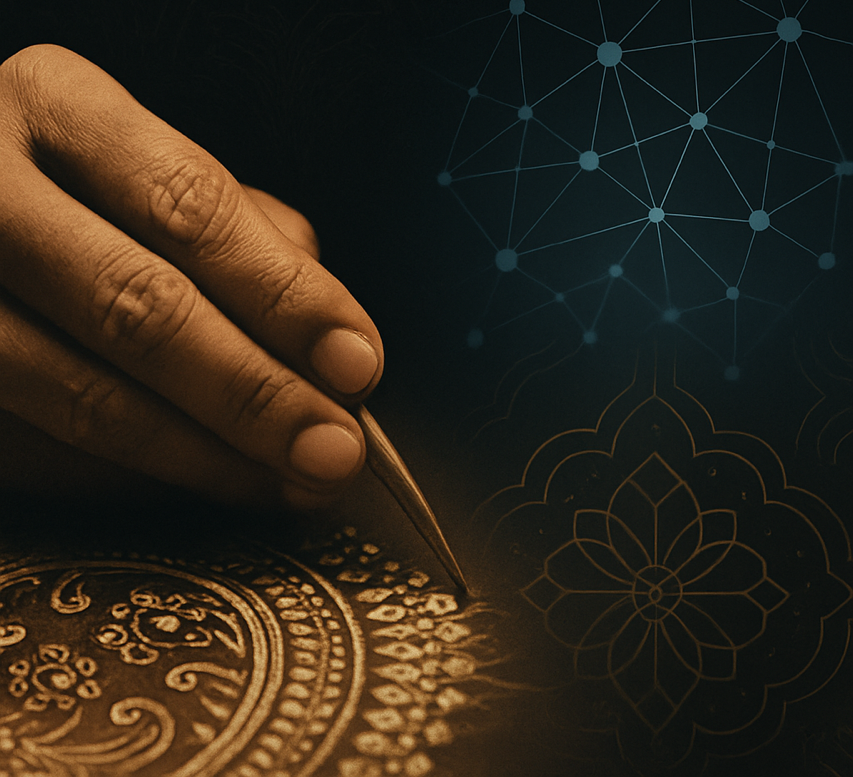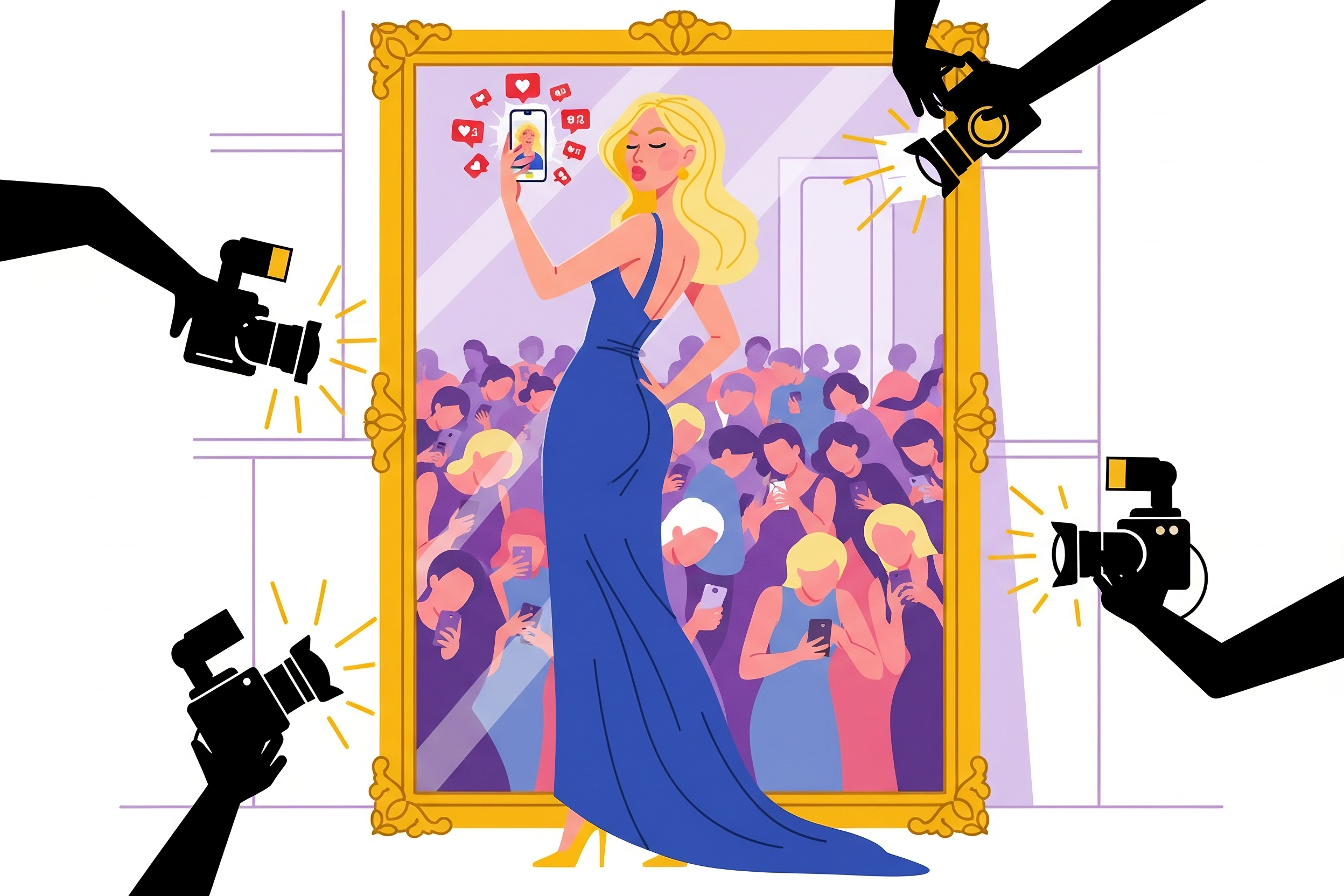More and more beauty brands are embracing technology to enhance the personalized digital experience.

More and more beauty brands are embracing technology to enhance the personalized digital experience.
Sephora’s doing it. Estee Lauder’s doing it, too. And if you’re in the beauty industry and haven’t considered incorporating advanced tech into your business model, you might want to.
Augmented reality, artificial intelligence and more – no, it’s not the test lab of the world’s most advanced robots, it’s simply Sephora experimenting with consumer needs. The French luxury brand boasts over 2,300 locations in 33 countries, and it must be doing something right because it's one of the few beauty empires that is ironically thriving during a retail crisis, according to the New York Times. While other businesses struggled to keep doors open in 2017, Sephora saw an increase in its sales. It was, however, not without strategic effort.
Sephora is among the many brands that have invested heavily in advanced technologies to safeguard its clientele. The retailer recently launched its “Sephora Virtual Artist” app, which makes use of augmented reality to enhance the online experience. With the help of facial recognition technology, the app detects the positioning of a user's facial features and allows them to try on everything from contouring to winged eyeliner, virtually. Tutorials are also made available.
NARS, Estee Lauder, Maybelline are among other top beauty labels that have installed apps that enable users to get customized beauty help with the click of a button.
Customer-centric Business Models
“There are traditional players, and now there are digital native brands and start-ups, so the cosmetics industry has become a very crowded industry,” NARS E-Commerce Executive Director Benjamin Lord told PYMNTS. “So, it [is now] very important for us to become more customer-centric and offer more personalized experiences to shoppers in this space.”
Lord has acknowledged what some in the industry are afraid to: The dying market of customer service via an actual person. Online retail sales in China are expected to rake in more than $1 trillion in coming years and China’s largest online retailer, JD.com, launched its “AR Styling Station,” which helps customers virtually test out various products via a customer live feed. It’s a smart move for the company, considering over 266 million customers use the app to shop. People are less concerned with who they are getting their products from, and more concerned with how.
“Digital and innovation have always been part of our DNA at Sephora," Mary Beth Laughton, Sephora's executive vice president of omni retail, told Tech Republic. "We are very focused on our customers, and we know that her life is increasingly reliant on digital. So, we know to be successful as a retailer, we've got to be where our clients are, and give her tools and experiences that meet her needs."
Join Luxury Society to have more articles like this delivered directly to your inbox
Finding A Place In The Digital Space
It’s the same reason L’Oréal, the largest beauty company in the world, recently acquired Canadian beauty tech entity ModiFace. The company is one of the world’s most advanced providers for the use of augmented reality for the cosmetics industry. Before being purchased by L’Oréal, ModiFace was the same mega-mind behind AI tools for Estee Lauder and Sephora. The tech giant recently collaborated with MAC to launch in-store augmented reality mirrors that let curious shoppers try on make-up electronically. The fact that L’Oreal is aggressively seeking dominance in the digital space speaks by purchasing ModiFace speaks for itself.
Luxury beauty brands find opportunity in creating their own apps because, unlike Sephora, it limits the customer experience to a particular brand. That may not be optimal for customers looking to get a more all-inclusive experience, but it does increase the chance of loyal customers buying products they might not otherwise explore.
Advanced Tech Vs. Human Assistance
Meeting the needs of the consumer means making sure you’ve got everything the competition has, well at least the stuff that’s working. From an app that can determine skin-shade matching based on a selfie, to what shape brow would work best on your frame, online portals have become a sort of mecca for beauty aficionados. But do these services actually pose a threat to person-to-person beauty expertise?
It’s certainly not out of the realm of possibilities. For example, Skin Advisor, an app that analyses users skin and skincare habits has a better success rate at guessing what age a face is than expert dermatologists, according to The Telegraph.
"The app has learned to perceive age and skin flaws by being shown tens of thousands of ageing faces look like," Jun Xu, one of the app’s creators, said.
From classes on contouring to a touch screen that emits different fragrances, companies are quickly catching onto the idea that a customer’s wish is their command.
Cover image credit: Free Photos CC










